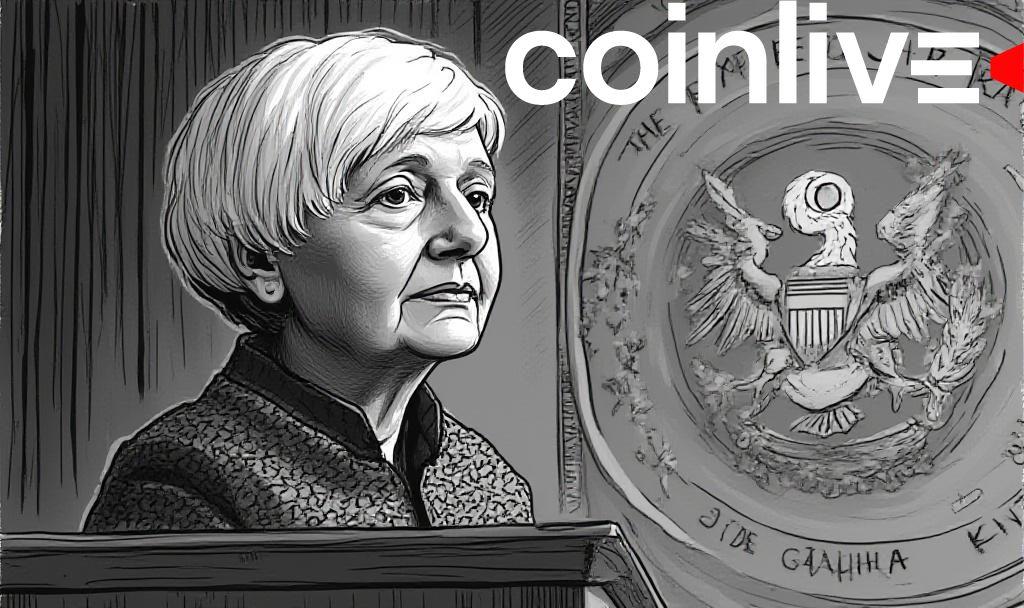- Yellen pushes for stablecoin regulation to address systemic risks.
- Stablecoins’ current oversight is inconsistent.
- Congressional action sought for regulatory framework integration.
Summarizing recent statements, U.S. Treasury Secretary Janet Yellen highlighted the need for robust oversight of stablecoins. This call to action arises from concerns over potential financial system risks. Yellen’s remarks aim to reinforce stability within the cryptocurrency sector.
The discussion about stablecoin regulation is significant due to its potential impact on financial stability, affecting both emerging digital markets and traditional financial systems.
In a recent announcement, Secretary Janet Yellen emphasized the need for creating a regulatory framework for stablecoins. Her statement follows ongoing concerns about unregulated digital currencies and their effect on the financial sector. She noted oversight’s role in reducing risks.
Janet Yellen, along with U.S. Treasury officials, has been instrumental in driving a comprehensive approach towards stablecoin regulation, supporting initiatives like the GENIUS Act of 2025. This act aims to establish cohesive rules for USD-backed digital currencies, such as USDC and USDT.
The push for a regulatory framework for stablecoins seeks to mitigate financial risks. It is expected to influence both decentralized finance and traditional banking sectors. The costs and systemic vulnerabilities posed by unregulated stablecoins are central to ongoing discussions.
Financial implications focus on cost reduction and risk mitigation associated with stablecoin integration in financial systems. Political efforts around digital asset regulation emphasize security and system stability. Yellen’s plan highlights potential benefits in transaction efficiency, while noting risks from inadequate oversight.
Recent analysis indicates that stablecoin regulation could bolster confidence in digital currencies. Effective policies could pave the way for broader integration of stablecoins into financial markets. This regulatory attention aims to safeguard economic interests and maintain U.S. financial leadership.
“Current oversight is inconsistent and fragmented, with some stablecoins effectively falling outside the regulatory perimeter. Treasury and the agencies involved in this report look forward to working with Members of Congress from both parties on this issue. While Congress considers action, regulators will continue to operate within their mandates to address the risks of these assets.” — Janet L. Yellen, U.S. Treasury Secretary
U.S. regulatory priorities surrounding stablecoins are poised to influence international financial agreements. Analysts suggest cooperation could streamline digital asset management. As the regulatory landscape evolves, stability and resilience in global finance may improve through strategic local adaptation.
